It can be useful to know how many calories cycling burns to help you match your energy intake to your energy expenditure.
A calorie is a unit measuring the amount of energy in food and drink, and you can use various methods to estimate how many you burn on a bike ride.
In this article, we’ll explain how to roughly calculate calorie expenditure through cycling and why this might be useful to know. But we'll also delve into the potential futility of counting calories.
How to measure how many calories you burn through cycling
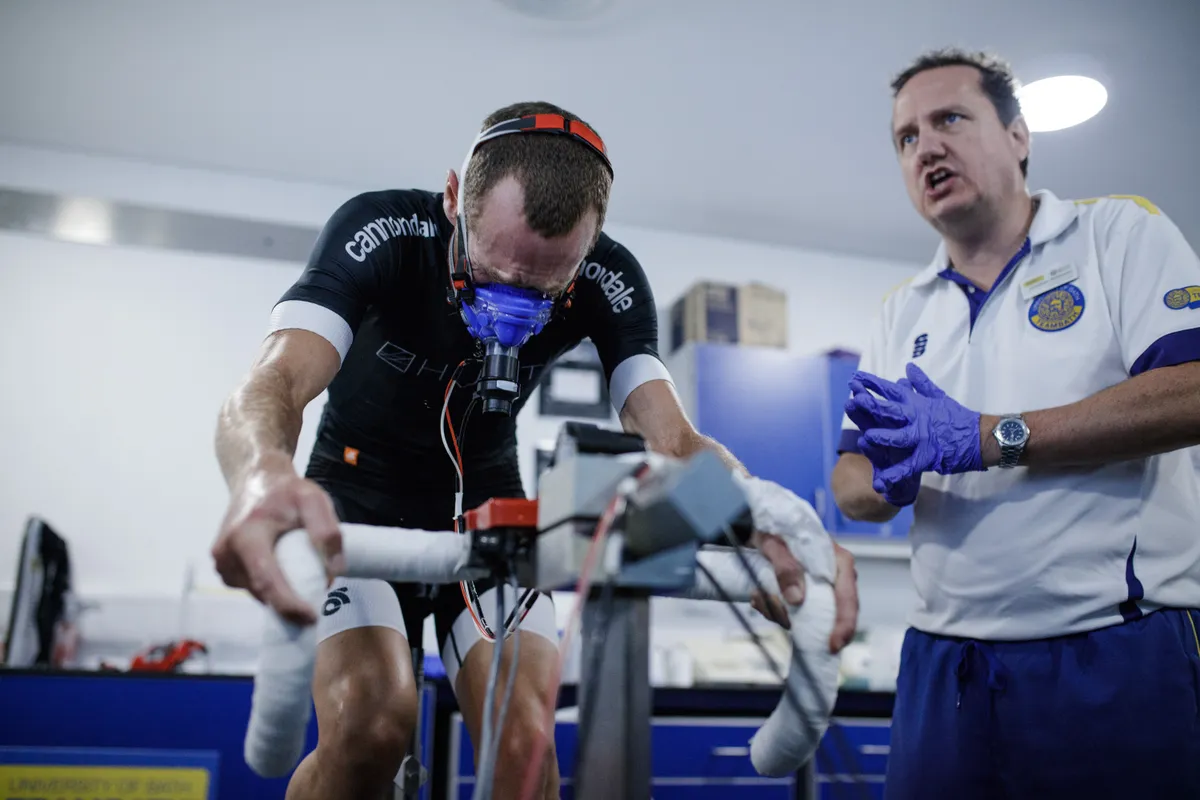
The scientific gold standard for measuring 'activity-related energy expenditure' is indirect calorimetry in a laboratory.
Indirect calorimetry sees a mask fitted to the participant’s face to capture the air they exhale during exercise. Then a respiratory gas analysis system estimates their calorie burn.
Without access to a lab, you can estimate with the following methods.
Use a power meter

The best way to estimate your calorie expenditure on the bike is to train with power.
The best power meters will accurately record the amount of ‘mechanical work’ you have done on a ride in kilojoules – a measure of energy in food, like calories, or work done.
When the body’s mechanical efficiency is accounted for, the number of kilojoules produced an hour while cycling equates approximately to the number of calories burned.
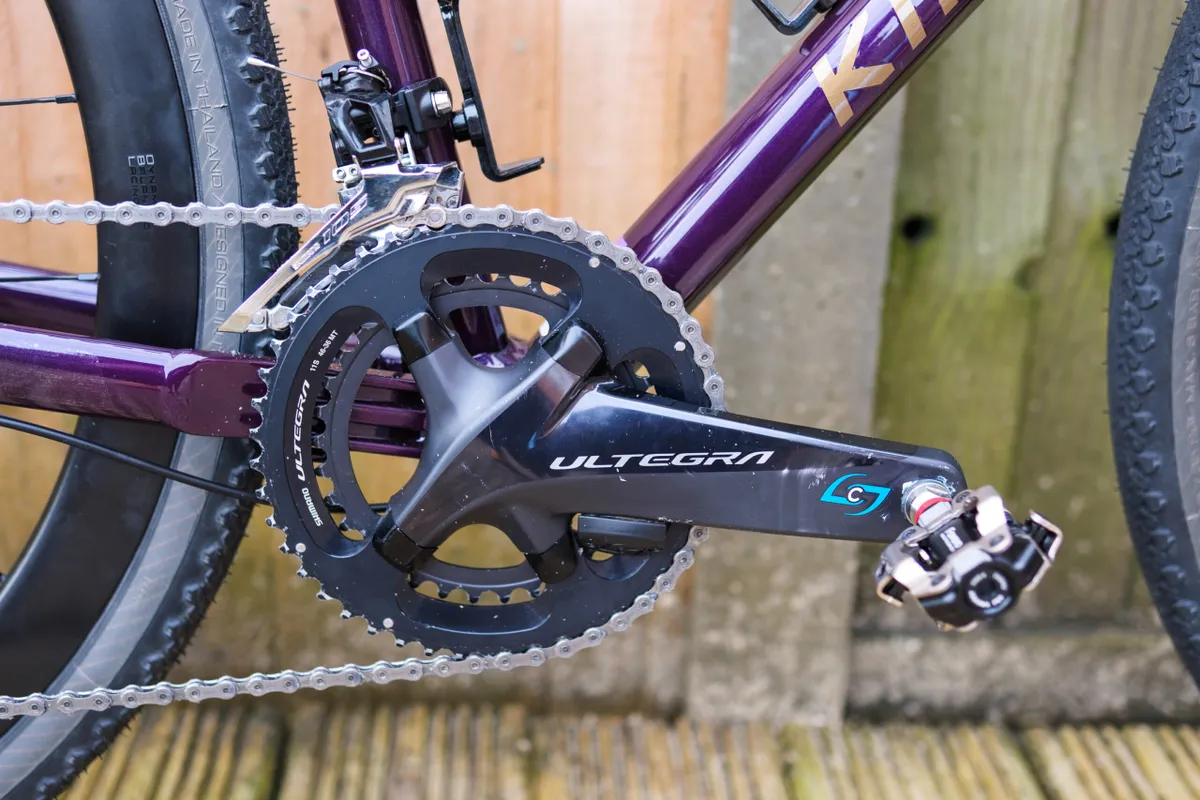
On many of the best bike computers, you can add kilojoules as a data field to track as you ride or check the total in your post-ride stat analysis.
A smart trainer with an integrated power meter will also measure how many kilojoules you use while indoor cycling.
Use a heart-rate monitor
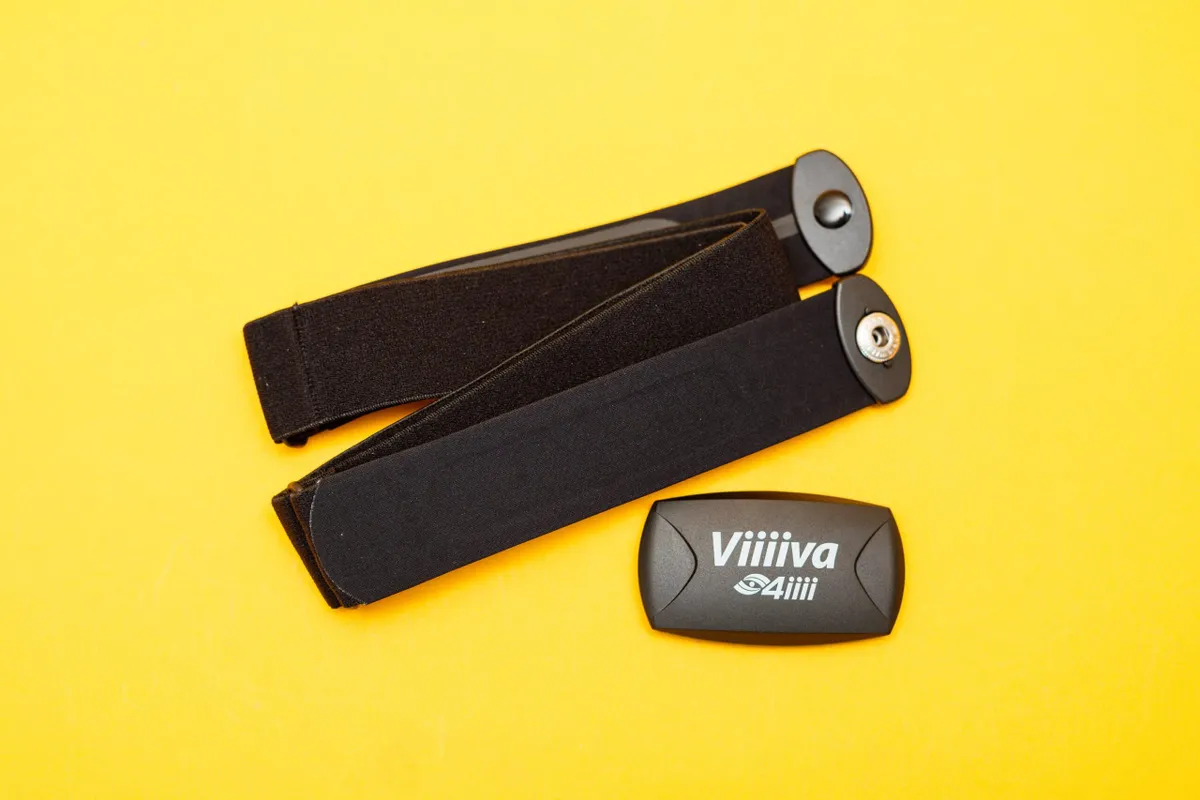
Heart rate is an inferior method to power for measuring calories burned while biking. This is because heart rate monitors measure your body’s response to the work you’re doing and not the work itself, like power meters.
Nonetheless, heart rate is a cheaper way to get a decent estimate. Just make sure to use a chest strap heart-rate monitor. These are more accurate than the wrist-based heart-rate monitors you often find on cycling watches.
Bike computers and cycling apps, such as Strava, calculate your heart-rate based calorie burn by adding your average beats per minute for a workout into a generic heart-rate algorithm.
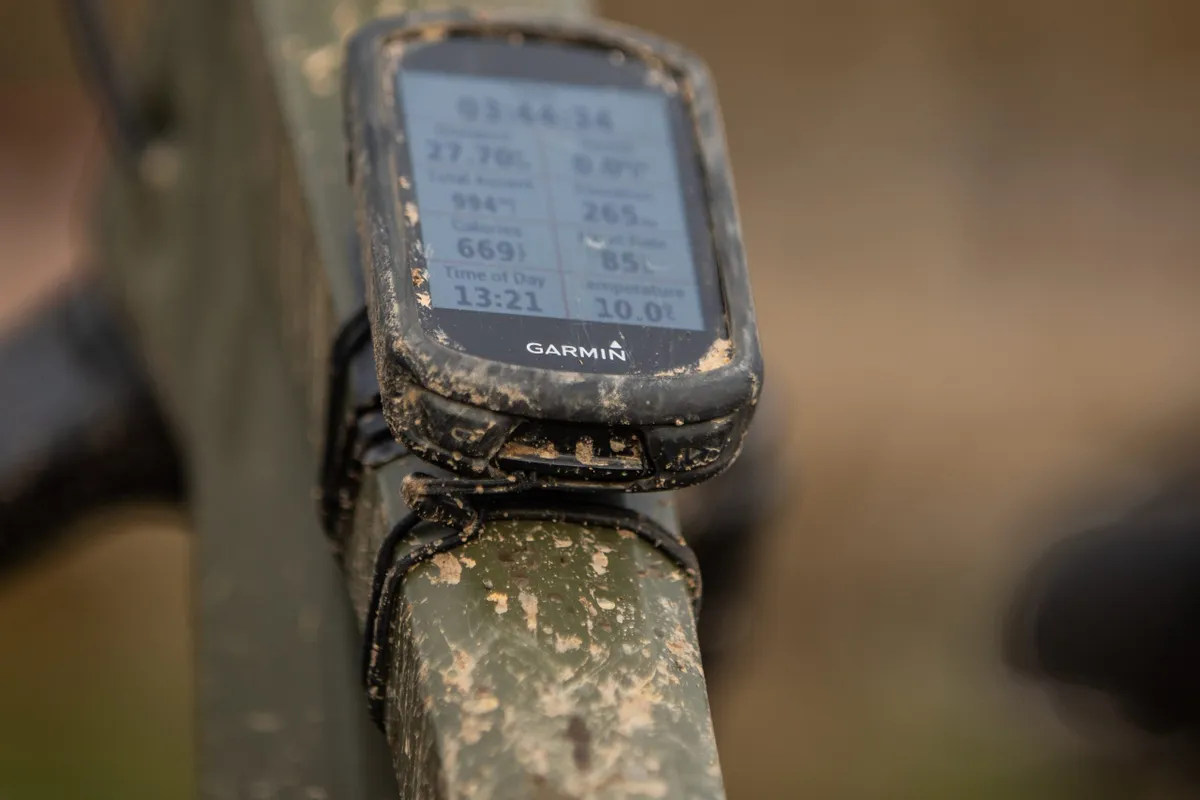
A 2019 study by Klass, Faoro and Carpentier found a generic heart-rate algorithm underestimated energy expenditure during high-intensity cycling and running by 3-20 per cent compared to indirect calorimetry on a group level.
To estimate energy expenditure more accurately, they recommended an “individual and sport-specific calibration” of the heart-rate algorithm. But this is beyond the reach of most amateurs.
Use a fitness tracker
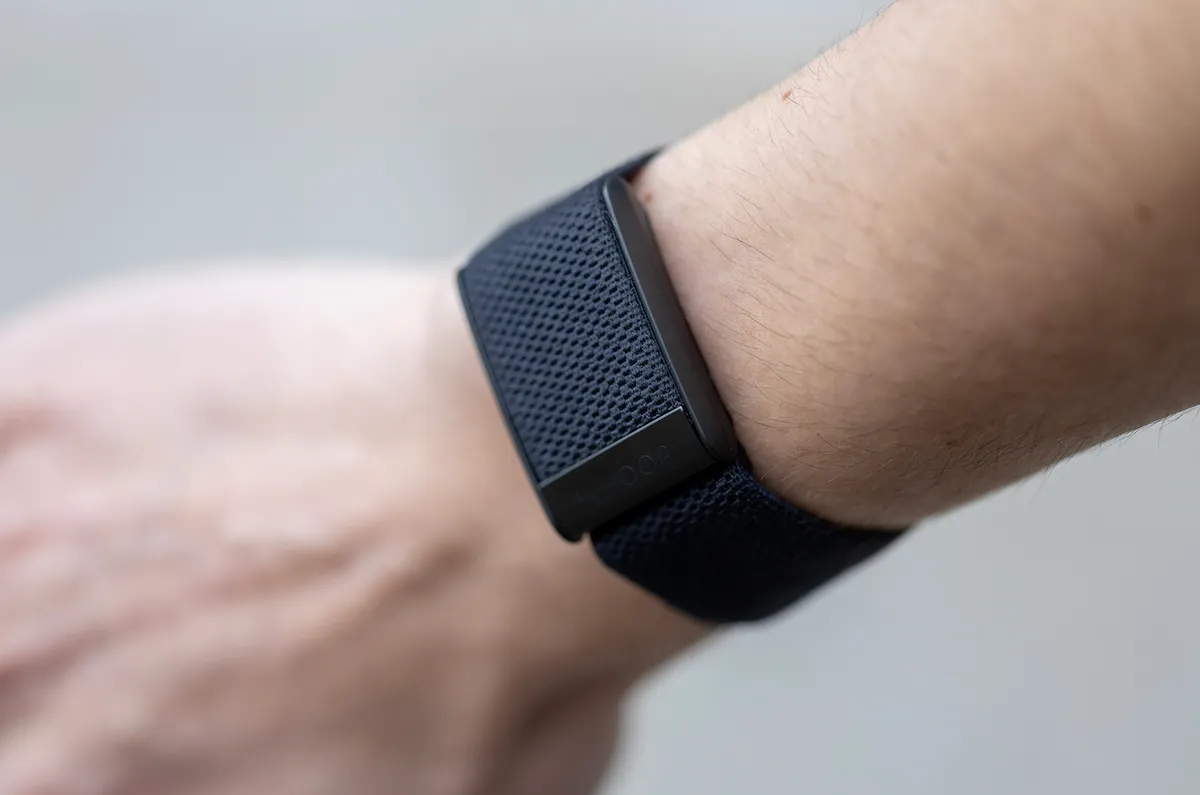
Alternatively, you can measure how many calories cycling burns using a wearable with a wrist-based heart-rate monitor, such as a fitness tracker or smartwatch.
However, their accuracy is said to be so low that you might as well not bother.
A 2017 Stanford University study found the energy expenditure accuracy of devices including a Fitbit and Apple Watch was off by 27 to 91 per cent.
Another 2017 study by the University of Texas also found GPS watches, such as the Garmin Forerunner 225, to be inaccurate.
Manufacturers of fitness trackers and cycling watches may have improved their heart-rate recording and heart-rate algorithms since 2017. But it’s probably still best to use a power meter or a chest strap heart-rate monitor for greater accuracy
Estimate

If you have neither a power meter or a device that can record heart rate, you can estimate your ride’s calorie expenditure by inputting your weight and the speed, time, distance and terrain of your workout in an online calorie calculator.
Or you can estimate calories burned from a baseline figure.
Men burned 630 calories per hour and women 428 calories per hour while riding to work in a 2006 study by de Geus, De Smet, Nijs and Meeusen.
The researchers found the commuter cyclists rode at 68-75 per cent of maximum heart rate. This translates to endurance pace or zone 2 of your training zones. So you’ll need to raise this estimate if you’ve spent more time tempo riding, for example.
Why does it help to know how many calories you’ve burned on a bike ride?
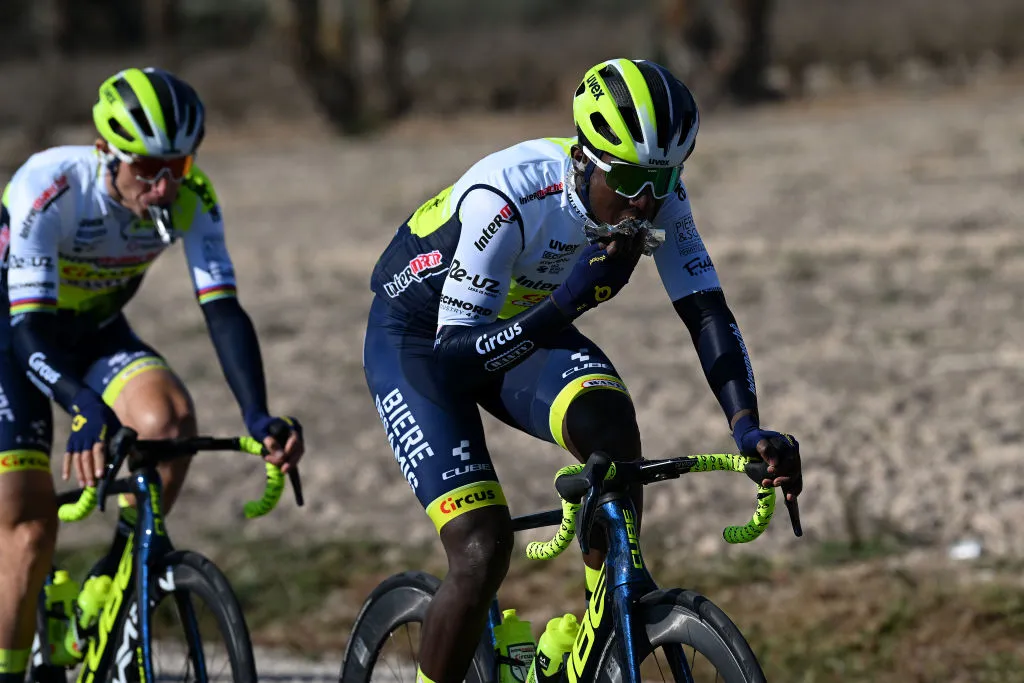
Greater awareness of how many calories you’re burning while cycling could encourage you to slurp down an extra energy gel or two during your hard rides and refuel with enough carbohydrates afterwards.
Not only will this improve your performance on the bike and help you avoid bonking, but it will enhance your recovery. This will help you follow your training plan and reduce your likelihood of overtraining and getting sick in the long run.
You can roughly work out your total daily calorie expenditure by adding the number of calories you’ve expended through cycling to your baseline energy expenditure.
Many online calorie calculators provide this. They estimate your basal metabolic rate (the amount of energy you use at rest) based on your age, height and weight.
Then the calculator asks for your activity level to estimate your daily intake requirements. Cyclists should choose their non-exercise activity level. For example, ‘sedentary’ or ‘little to no exercise’ if you have a desk job.
In theory, you can then try to eat slightly less than you’ve expended to lose weight through cycling. Or, if your ideal cycling weight is slightly higher than it is currently, gain weight by eating slightly more.
In reality, though, it’s more complicated than that.
The limitations of counting calories
You won’t be accurate enough

Apart from the lab-based calorie-counting method, all the real-world examples we’ve outlined are estimates.
Dr Tim Podlogar, who is a research fellow at the University of Birmingham and a nutritionist at Bora-Hansgrohe, says: “I don’t believe you can very accurately predict energy expenditure and energy demands because riders are so different.
“Even if you know the power output, you don’t know the efficiency of the rider so it can be a big error.”
Cycling efficiency or economy is defined as the ratio of work accomplished to energy expended. Although efficiency can be measured in a lab, Dr Podlogar says this figure won’t translate to the road, where conditions are so different.
He adds: “And if there is a big error around the energy expenditure, you can’t really be as precise with the energy intake.”
The difficulty of calculating calorie intake
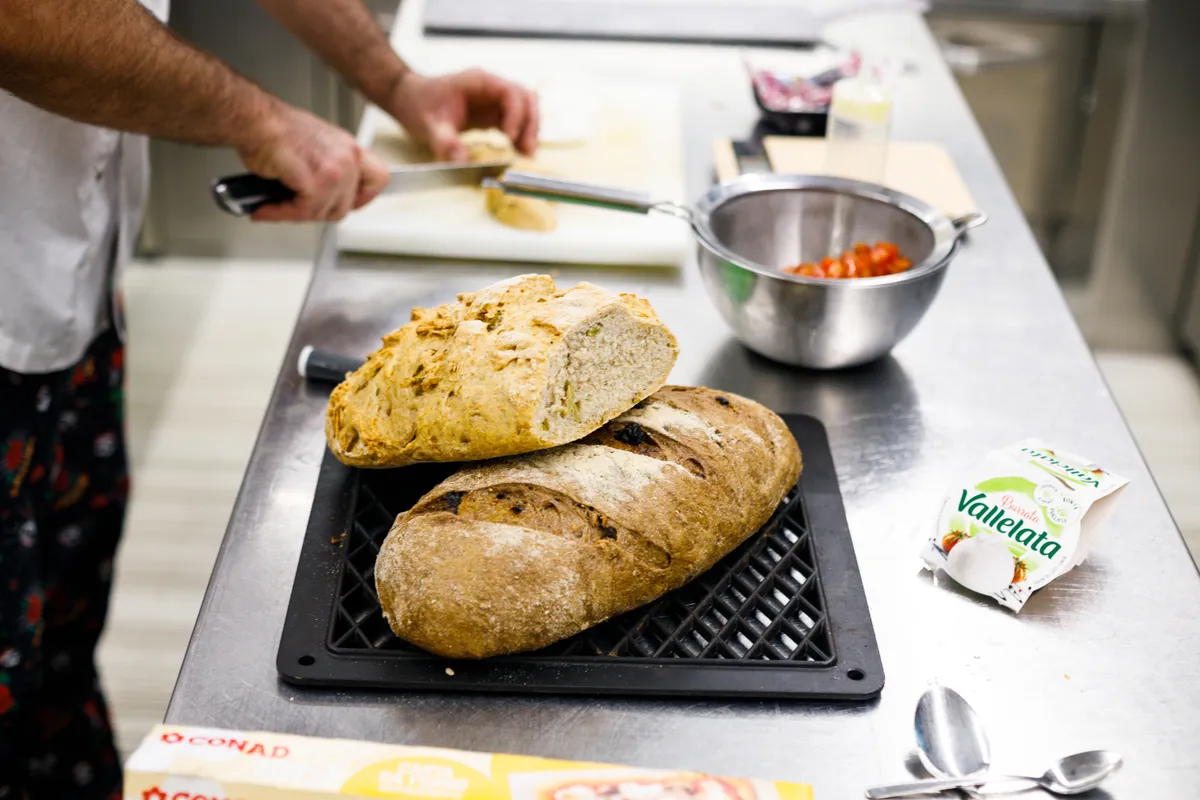
According to Professor Asker Jeukendrup, a nutritionist for Team Visma-Lease a Bike, the principle of energy balance is quite simple.
“It's basically energy in and energy out, and if you burn more than you've taken in, you will lose weight,” he says.
“There's no way around that. That's the simple version.”
The complex version is that: “It is not so easy to calculate exactly what energy in and what energy out is.
“There are a lot of components to that,” he adds.
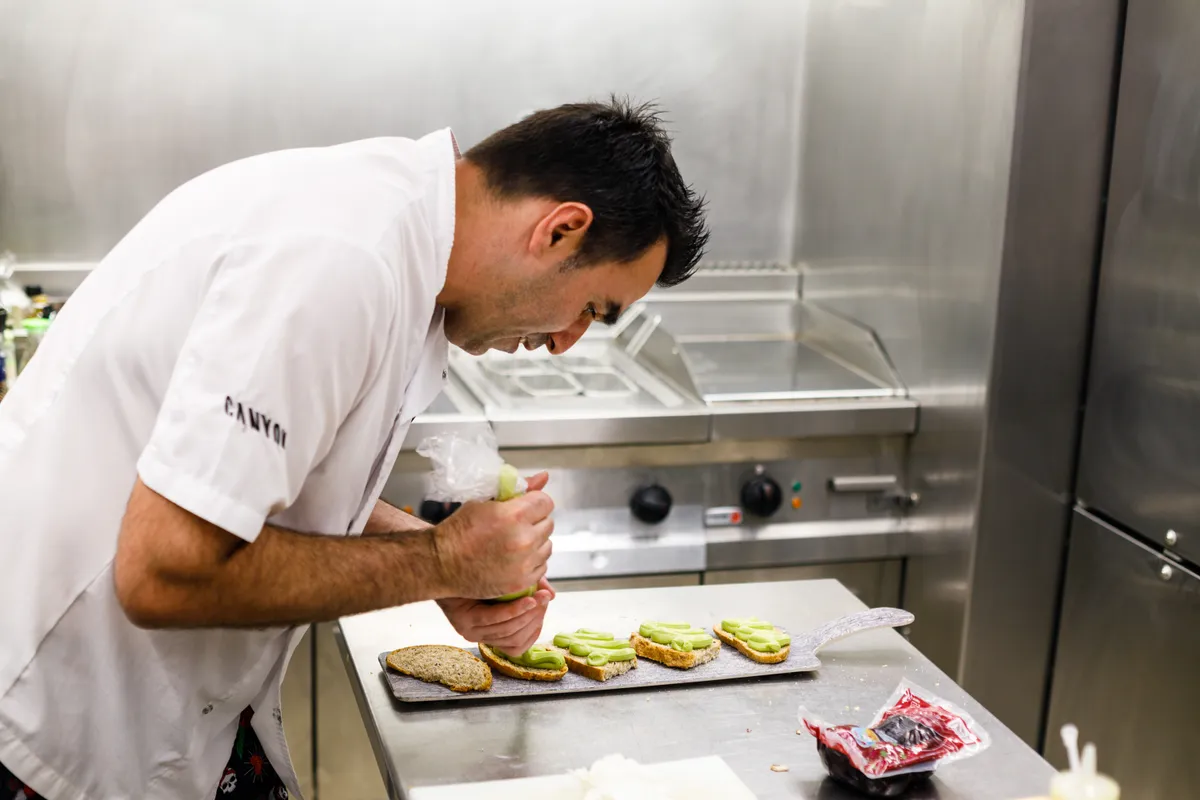
Professor Jeukendrup says one of these components is how some foods, such as protein, require more energy to digest than others.
In part due to the difficulty in empirically defining energy requirements, Dr Podlogar likes riders to subjectively assess how much they need to eat.
“I don’t like riders to weigh food because I don’t want athletes to rely on what I tell them to do for every single gram,” he says.
“It’s also about how they feel, how they are recovering and the demands of the next day – it’s not as simple as energy in and energy out.”
What’s more, calorie tracking is sometimes linked to the development of disordered eating in cyclists.
You don’t know where the calories have come from

The estimated number of calories you’ve expended on a ride doesn’t tell you their source.
Higher-intensity cycling oxidises mostly carbohydrates, while lower-intensity cycling uses mostly fat for fuel. This is important when it comes to refuelling.
WorldTour teams such as Bora-Hansgrohe and Visma-Lease a Bike are using software to try to determine a rider’s substrate utilisation (the contribution of carbohydrate versus fat-to-energy expenditure) and tailor their post-ride meal accordingly.
“We can get an idea of how intense the training session or race was, so we can see if it was really easy for this rider or harder and estimate if the dinner needs to be purely carbohydrates or can include some fats,” says Dr Podlogar.
Calories don’t give a full picture

The number of calories burned through cycling, or kilojoules you’ve used, is calculated from your average power times duration.
However, average power doesn’t always show how hard a ride has been when your power has fluctuated a lot.
Tom Bell, of High North Performance coaching, says Normalised Power is better at taking these spikes into account.
“Normalised Power can be more interesting to look at than average power, especially with off-road disciplines where the power tends to be very stochastic or choppy,” he says.

Bell says Normalized Power helps give a better picture of the 'metabolic cost' (the energy consumed by the body in an activity) because constantly going above and below Functional Threshold Power is harder than holding steady power.
On a mountain bike or gravel ride, regularly ascending and descending steep and technical terrain are examples of these 'above and below' efforts.
The discrepancies between average power and Normalized Power mean a mountain bike ride in which you’ve expended 2,000 kilojoules might be harder to recover from than a road ride where you’ve used the same amount of energy.
